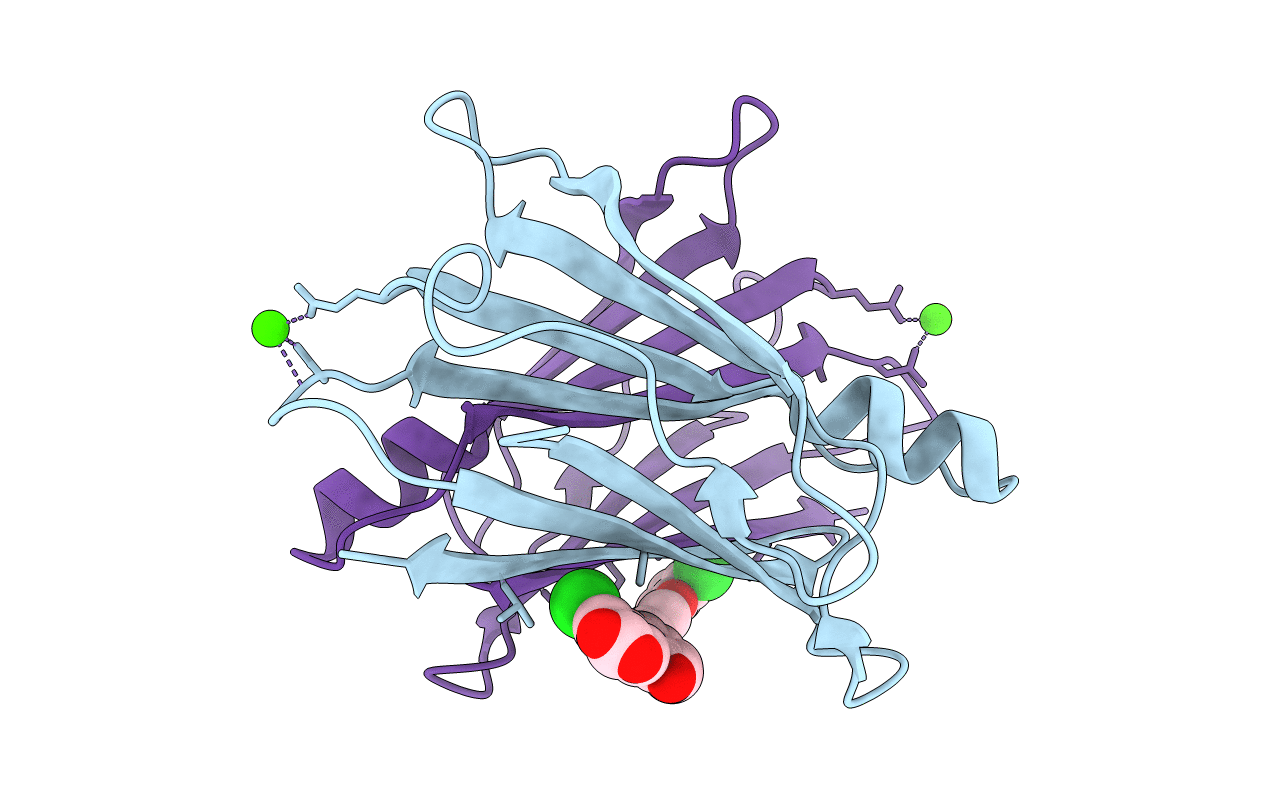
Deposition Date
2021-01-04
Release Date
2021-10-13
Last Version Date
2023-11-29
Entry Detail
PDB ID:
7DT5
Keywords:
Title:
Crystal structure of human transthyretin in complex with 4-chloro-9-oxo-9H-xanthene-2-carboxylic acid
Biological Source:
Source Organism:
Homo sapiens (Taxon ID: 9606)
Host Organism:
Method Details:
Experimental Method:
Resolution:
1.25 Å
R-Value Free:
0.18
R-Value Work:
0.16
R-Value Observed:
0.16
Space Group:
P 21 21 2


